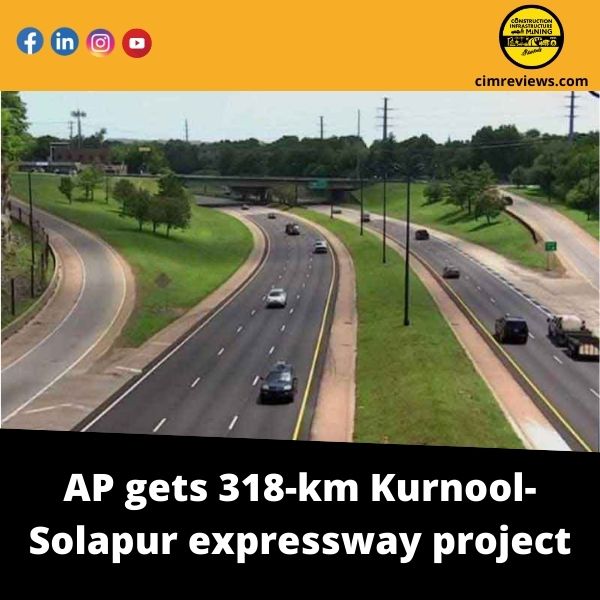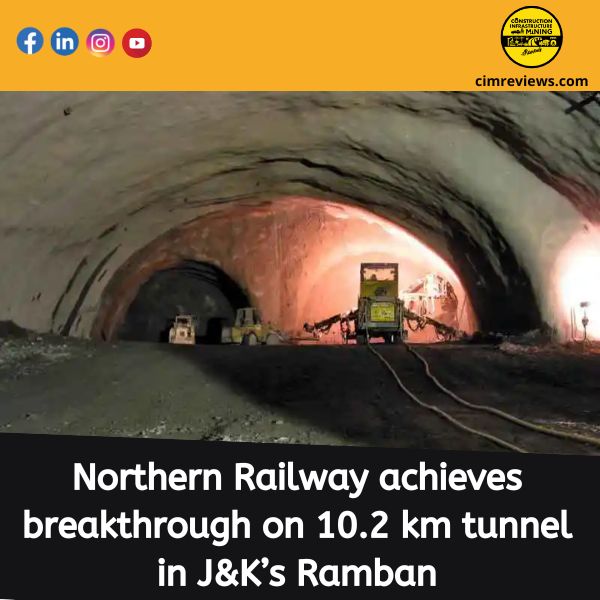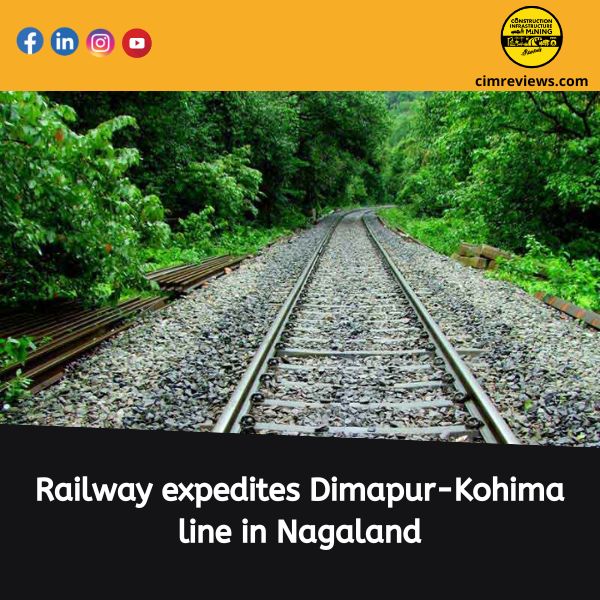National Road Infra Conclave 2022: Today, the FinancialExpress.com hosted the first edition of the National Road Infra Conclave (NRIC), which discussed emerging opportunities and trends in the road infrastructure sector. It also looked at the impact of government policies and initiatives, as well as strategies for completing road projects more quickly
The event’s Chief Guest, Alka Upadhyaya, Chairperson, NHAI, stated that while National and State Highways account for only about 3% of the country’s total road network, they handle 80% of the country’s freight traffic. “As a result, we recognise the value of the National Road network in boosting the country’s economy.” She also mentioned the enormous job opportunities in road construction,” she added.
According to Upadhyaya, some of the NHAI’s initiatives have had a significant impact on the country’s road sector in terms of having a high multiplier effect. “When we build a road, the multiplier effect is more than two times,” says the expert. Some of the projects that were started by the government in the early 2000s in terms of the Golden Quadrilateral, north-south, and east-west corridors laid the groundwork for world-class infrastructure for the country and caused a paradigm shift in all of us. The government is now constructing a number of national highways, access-controlled expressways, freeways, and greenfield expressways through the Bharatmala Pariyojna.
“The Bharatmala Pariyojna, India’s largest highway project to date, is expected to cost Rs 5.35 lakh crores and will cover approximately 34,800 kilometres. The NHAI is currently planning the construction of 22 greenfield expressways and access controlled corridors, and in the Bharatmala Pariyojna, the authority hopes to tender out the work by 2023-24 so that the rest of the time can be used to finish the work started under Bharatmala-1, as the NHAI also has Bharatmala-2 in the works with the government’s approval,” she said.
The NHAI has planned 22 greenfield corridors so far, which will save a significant amount of CO2. In terms of fuel savings, these corridors are expected to save around Rs 10,000 crore. India began construction on the 95-kilometer Mumbai-Pune expressway in 2002, but only 1359 kilometres of road were completed by 2019. The NHAI has now taken on the Delhi-Mumbai Expressway, which is approximately 1400 kilometres long, as part of the Bharatmala Pariyojana. This project was conceived, designed, and started in 2019, with the authority hoping to complete it by 2023. According to Upadhyaya, travel between Delhi and Mumbai will take 12-13 hours with this game-changing corridor.
When speaking about the government’s initiatives to reduce carbon footprint, Amit Kumar Ghosh, Additional Secretary, Ministry Of Roads, Transport & Highway, said that more and more green materials are being used in construction. He also stated that the government is promoting the use of soil stabilisation agents aggressively. The ministry is also promoting the use of more environmentally friendly fuels. He also stated that the government is moving toward stricter pollution standards as well as the promotion of electric vehicles.









%20/23%20cimr%204.jpg)
